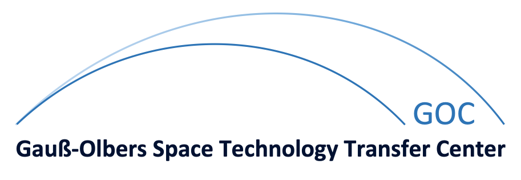Empirical Performance Evaluation of a 5G Private Campus Network Considering Autonomous Driving Application
| Betreuer: | Mohammad Razzaghpour |
| Art der Arbeit: | Masterarbeit (MSc) |
| Arbeit beendet: | 06/2024 |
| Bearbeiter: | Sopuruchukwu Benson Okoli |
| Status: | abgeschlossen |
| ANT-Signatur: | |
| Kurzfassung: | Abstract This thesis investigates the potential of 5G NR to support autonomous vehicles. Through empirical testing on a dedicated private 5G infrastructure, we investigated the network’s performance in terms of coverage, latency, and bit rate – key metrics for autonomous driving functionality. The results reveal that the network can deliver sufficient bit rates for Level 4 autonomy. However, latency barely satisfies the standards of Level 3 au- tonomy and falls short of the strict requirements for Level 4. Furthermore, the study highlights the critical issue of network scalability. The data rate necessary for autonomy is seriously threatened by the number of users on the private network. This poses a chal- lenge for large-scale deployments where multiple autonomous vehicles share resources on the network. This study highlights how private 5G networks could facilitate high-data- rate applications in autonomous cars. Future advancements in network technology that prioritize minimal latency while maintaining the adequate bit rates requirement at worse signal conditions are crucial to ensure real-time responsiveness and safety in autonomous driving applications. Research Plan Suppose we use a 5G cellular network for V2X (vehicle to everything) communication in a connected driving scenario. In that case, we should be sure the handover of MT (mobile terminal) among different network cells is done without any effective decrease in achieved QoS (Quality of Service). Therefore, performance evaluation of the handover of 5G networks in autonomous driving scenarios with either empirical measurements, simulation methods, or mathematical modeling is of vital importance. Reference for further reading: - Handover performance analysis for managing D2D mobility in 5G cellular networks => link: https://ietresearch.onlinelibrary.wiley.com/doi/full/10.1049/iet-com.2018.5561 - Vehicles communications handover in 5G: A survey => link: https://www.sciencedirect.com/science/article/pii/S2405959522000054 - A comprehensive formal analysis of 5G handover => link: https://dl.acm.org/doi/abs/10.1145/3448300.3467823 - Handover Management for Next-Generation Wireless Networks: A Brief Overview => link: https://ieeexplore.ieee.org/document/9245065 - Handover Decision-Making Algorithm for 5G Heterogeneous Networks => link: https://www.mdpi.com/2079-9292/12/11/2384 - A Survey on Handover and Mobility Management in 5G HetNets: Current State, Challenges, and Future Directions => link: https://www.mdpi.com/1424-8220/23/11/5081 - Mobility enhancement and performance evaluation for 5G Ultra dense Networks => link: https://ieeexplore.ieee.org/abstract/document/7127740
- System Modeling and Performance Evaluation of Predictive QoS for Future Tele-Operated Driving => link: https://ieeexplore.ieee.org/abstract/document/9773810 - A Performance Measurement Platform for C-ITS over 5G => link: https://ieeexplore.ieee.org/abstract/document/9482603 - Handover Performance Improvement for Ultra Dense Network of High-Speed Railway => link: https://ieeexplore.ieee.org/document/8108450 - Low Latency V2X Applications and Network Requirements: Performance Evaluation => link: https://ieeexplore.ieee.org/abstract/document/8500531 |







